Nutgrass, can I get rid of it?
aggierose
12 years ago
Featured Answer
Comments (37)
Yardvaark
12 years agoaggierose
12 years agoRelated Discussions
How on earth can I get rid of this pine cone ginger?
Comments (9)dbarron, that's what I thought, but wanted confirmation. I've dug out around them and will just keep cutting them back below ground and covering them back up. I just hope they don't start coming up on the other side of the wall. :( Ricky, there is no way to do that. I can't get to the tuber underneath the wall. I did think of pouring boiling not water into the hole where they are....See MoreCan someone help me identify this weed and how i can get rid of it.
Comments (3)Chickweed, Stellaria media, a cool weather annual weed. Very easily pulled up but do it before it goes to seed!! Also edible if you care to get rid of it that way :-)...See MoreWhat can I do to get rid of nutgrass in a newly planted out flowerbed?
Comments (1)No, the only thing you can do is to weed as soon as you see a little spike stick it head up. Nothing seems to kill it. Get yourself a dandelion weeder and keep after it. The least little root will sprout....See MoreHow can I get rid of this awful stained grout?
Comments (10)In my former home I had about 600sf of 4" tile with discolored sahara beige grout. It was recessed among a thousand squares of sharp edged unglazed quarry tile. MILES of grout! No surface cleaning machine will scrub the grout if it is recessed and the scrub pads will clean the tile and float there. I talked to equipment rental places regarding disc floor machines with pads and brushes and was told it really wouldn't make great contact down there. I manually tried many chemicals, stopping short of carcinogens. I used stuff that should not be used on grout including oven cleaner and the most effective was Lysol 10x toilet cleaner in the black bottle. I had an industrial strength steamer that cleaned but didn't remove discoloration. In the end, the toilet cleaner and a battery powered brush like this at Amazon was what worked the best. It was tedious and messy and I used dozens of rags to wipe up and rinse, doing this over a long period of time. It never looked like new and despite being "clean", it was not uniform in color. I was a tough critic, though, and it was probably fine for most people. Of course I sealed it afterward. If you choose to hire someone, ask if they will do a sample section so you can determine if it will clean to a uniform color. Instead of the painted on stuff that will not last (and looks like paint IMO), I wonder if there is a stain like product that would darken porous grout. Good luck with this....See MoreYardvaark
12 years agopls8xx
12 years agomelvalena
12 years agowhitecap2
12 years agomelvalena
12 years agolaag
12 years agomelvalena
12 years agowhitecap2
12 years agomelvalena
12 years agowhitecap2
12 years agoaggierose
12 years agomelvalena
12 years agopls8xx
11 years agoSteve959
9 years agocolemanjosh263
8 years agosasainna
7 years agoYardvaark
7 years agofbryan47
7 years agomarymm2
6 years agoSteve959
6 years agoYardvaark
6 years agomarymm2
6 years agobeckyql
5 years agolast modified: 5 years agomarymm2
5 years agoEric
5 years agojaceymae
4 years agoYardvaark
4 years agojaceymae
4 years agolast modified: 4 years agoYardvaark
4 years agogardengal48 (PNW Z8/9)
4 years agoYardvaark
4 years agojaceymae
4 years agolast modified: 4 years agogardengal48 (PNW Z8/9)
4 years agojaceymae
4 years ago
Related Stories

EDIBLE GARDENSNatural Ways to Get Rid of Weeds in Your Garden
Use these techniques to help prevent the spread of weeds and to learn about your soil
Full Story
DECLUTTERINGDownsizing Help: How to Get Rid of Your Extra Stuff
Sell, consign, donate? We walk you through the options so you can sail through scaling down
Full Story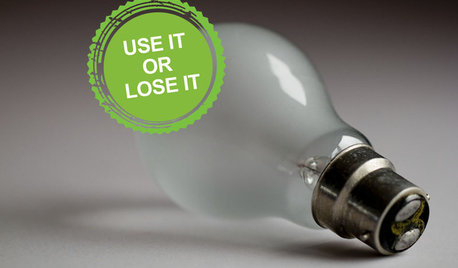
DECORATING GUIDESLose It: How to Get Rid of Old Light Bulbs
When the light goes out, you'll want to get rid of the bulb safely. Here's how
Full Story
GARDENING AND LANDSCAPING4 Good Ways to Get Rid of Mosquitos in Your Yard
Stay safe from West Nile virus and put an end to irksome itches with these tools and methods for a porch, patio or yard
Full Story
MORE ROOMSHome Tech: Getting Rid of Wires Without Sacrificing Sound
Wireless home technology still isn't perfect, but new products are giving audiophiles choices
Full Story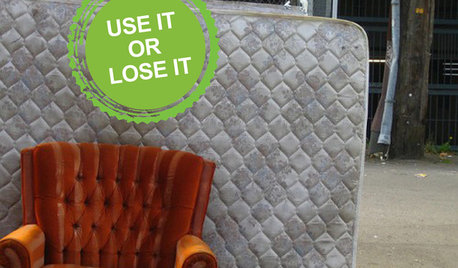
DECORATING GUIDESLose It: How to Get Rid of a Mattress
Updating your bedroom? Here's how to donate, reuse or recycle that mattress — and keep it out of the landfill
Full Story
MOST POPULARHow to Get Rid of Those Pesky Summer Fruit Flies
Learn what fruit flies are, how to prevent them and how to get rid of them in your home
Full Story
DECORATING GUIDESUse It or Lose It: How to Get Rid of Old Keys
Clean out your junk drawer by getting rid of keys in an earth-friendly way
Full Story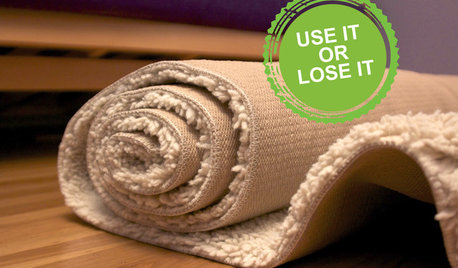
DECORATING GUIDESLose It: 4 Ways to Get Rid of Your Old Carpet
Try one of these earth-friendly tips before stuffing your dingy carpet or rug in the trash
Full Story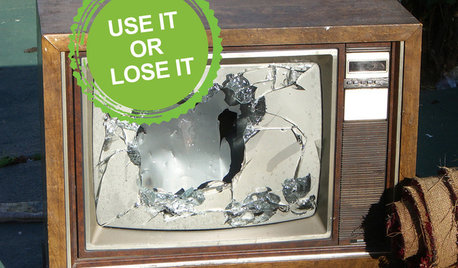
DECORATING GUIDESCleaning Out: The Right Way to Get Rid of Electronics
Learn how to dispose of worn-out electronics in a safer, more Earth-friendly way
Full Story



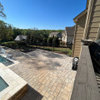
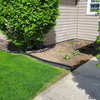
whitecap2